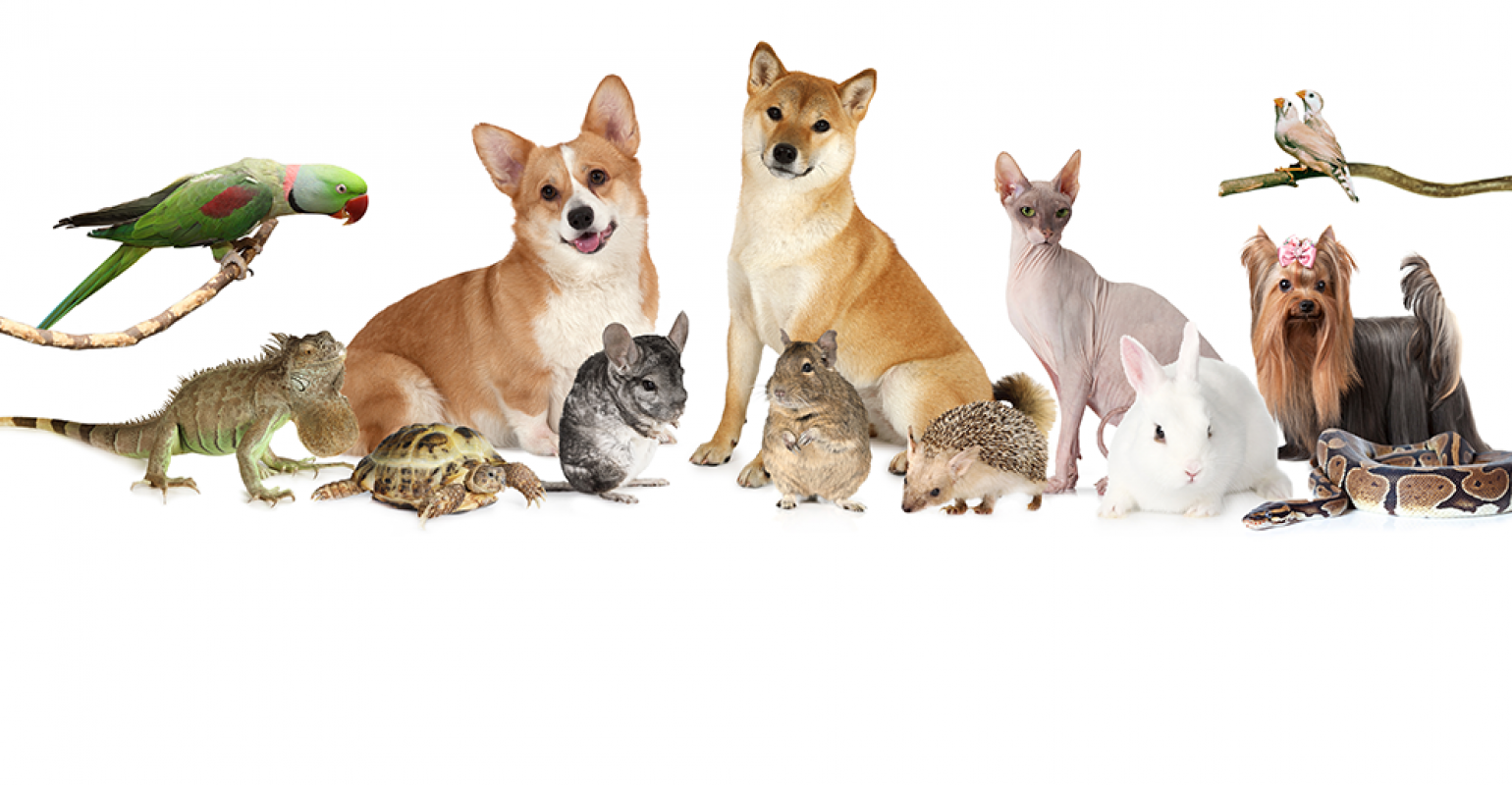Aladingsc Insights
Your go-to source for trending news and informative guides.
Pawsitively Purrfect: The Secret Lives of Pets
Discover the hidden adventures and quirky secrets of your favorite pets in Pawsitively Purrfect! Unleash the fun today!
Understanding Your Pet's Body Language: What They Really Mean
Understanding your pet's body language is crucial for developing a deeper connection with your furry friend. Pets communicate through a variety of signals, and recognizing these can help you interpret their feelings and needs. For instance, a wagging tail in dogs often indicates excitement or happiness, but if the tail is held high and stiff, it could mean your pet is feeling aggressive or threatened. Similarly, a cat that rolls on its back is typically inviting interaction, yet this can also be a vulnerable position, so it's essential to approach with care and attention to how they respond.
To further delve into the intricacies of your pet's body language, observe their ears, eyes, and posture. For example, a dog with relaxed ears and soft, blinking eyes is showing comfort and trust. On the other hand, a cat that hisses and arches its back is expressing fear or aggression. Recognizing these signs can pave the way for a harmonious relationship, ensuring that you respond appropriately to your pet's emotions. Remember, each pet is unique, and their body language can vary based on breed and personality, so take the time to learn what your specific companion is trying to convey.

A Day in the Life of Your Furry Friends: Behind-the-Scenes of Pet Behavior
Every pet owner often wonders what their furry friends get up to when they're left to their own devices. A typical day in the life of your pets can reveal a lot about their behavior and needs. From the moment the sun peeks through the curtains, you might find your dog eagerly wagging its tail, ready for a morning adventure. This routine generally involves the following:
- Morning stretches and yawns
- A lively walk around the neighborhood
- A hearty breakfast with their favorite kibble
As the day progresses, your furry companions turn their attention to playtime and exploration. Cats may spend hours perched on windowsills, observing the world outside, while dogs might indulge in fetching games or wrestling with their favorite toys. Understanding your pet's behavior during these moments can deepen your bond. For instance, the playful pounce of a cat or the excited bark of a dog can often signal their happiness and contentment. Additionally, don’t forget to consider their wind-down rituals, which often include:
- A cozy nap in their favorite spot
- Cuddles with their owners
- Evening treats as a reward for the day’s antics
What Do Pets Do When You're Not Home? Unraveling the Mystery
Have you ever wondered what pets do when you're not home? This intriguing question has sparked the curiosity of many pet owners. When left alone, pets can exhibit a wide range of behaviors that often reflect their personalities and the environment around them. Some pets may curl up and snooze the day away, while others might engage in playful antics, turning your home into their personal playground. In fact, a study suggests that the way pets occupy their time can reveal much about their emotional well-being and how they adapt to being alone.
One common behavior observed in pets is exploring their surroundings. Dogs may patrol the house, ensuring everything is in its place, while cats might engage in a covert mission to stalk imaginary prey. Additionally, pets can experience separation anxiety, which may lead them to engage in destructive behavior, such as chewing on furniture or clawing at doors. Understanding what your pets do when you're not home is crucial for their well-being; thus, providing them with toys, puzzles, and stimulation can greatly enhance their time alone and reduce stress.